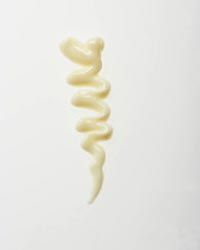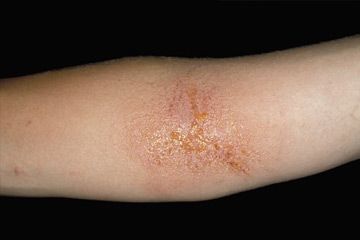If you have dandruff, you may have the mildest form of seborrheic dermatitis, and you're not alone: About 20 percent of the population has dandruff. But seborrheic dermatitis causes dry, flaky, oily or scaly skin, which can occur on the scalp, on the face or in the creases of the arms, legs or groin [source: AAFP].
Seborrheic dermatitis affects people of all ages -- even infants. The condition is called "cradle cap" in infants, and it develops on the scalp or in the diaper area. It usually disappears as the baby becomes a toddler, but it may occur in children up to three years old. Seborrheic dermatitis may also recur as the child reaches adolescence and puberty. Adults affected by the disease are usually between the ages of 40 and 70 [source: AAD].
Advertisement
Seborrheic dermatitis affects people of all races, and both men and women can develop it; however, it's more common in men than women. Only 3 percent of the population develops the disease, but 85 percent of people with immune system disorders, such as HIV and AIDS, have it [source: Johnson]. Hospital patients and assisted living home residents are also prone to develop seborrheic dermatitis, which some doctors attribute to the facilities' dry air [source: Mayo Clinic].
The exact cause of seborrheic dermatitis is unknown, but studies show that it might be caused by malassezia, a fungus that feeds on oil secreted from hair follicles. This activity creates an excess of dead skin cells that clump and fall off [source: AAFP]. People with a family history of seborrheic dermatitis or eczema, a skin disease with similar symptoms, are more prone to develop seborrheic dermatitis [source: AAD]. Other factors that may cause the disease include stress, fatigue, dry winter air and neurological conditions such as Parkinson's disease [source: Mayo Clinic].
Seborrheic dermatitis can be uncomfortable and embarrassing, but it's treatable. Read on to learn more about this skin condition and its symptoms and treatments.
Advertisement


